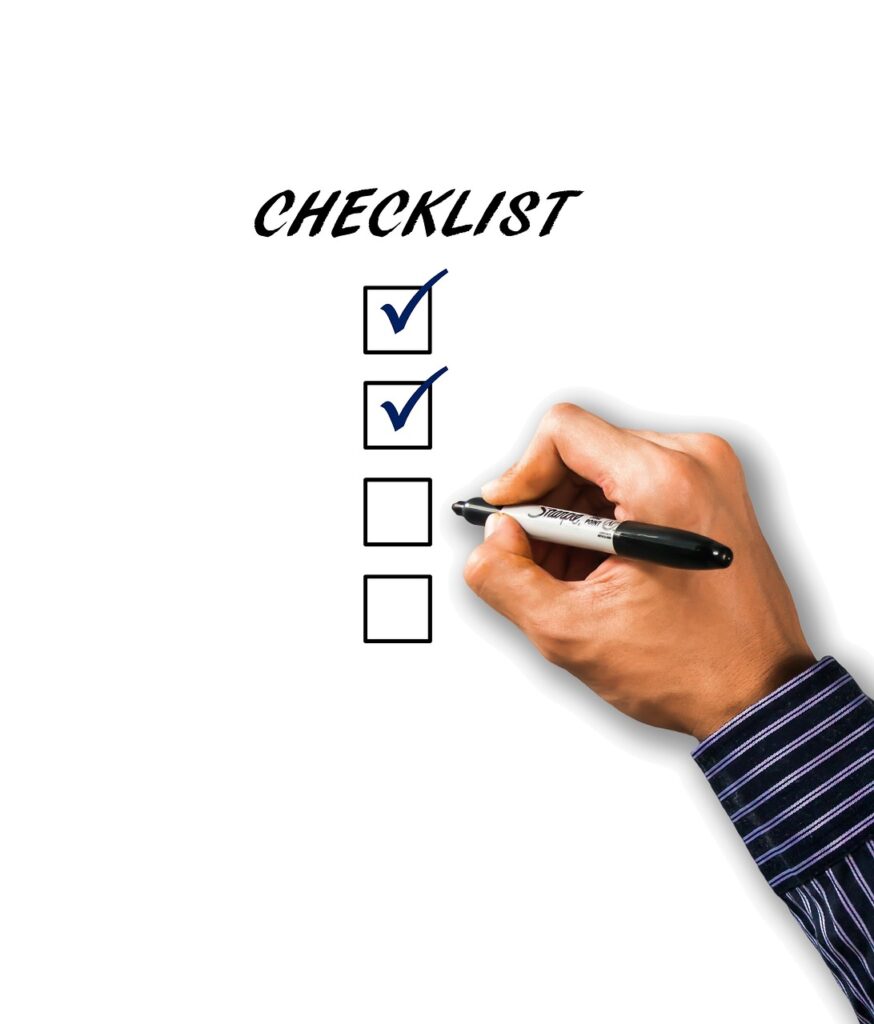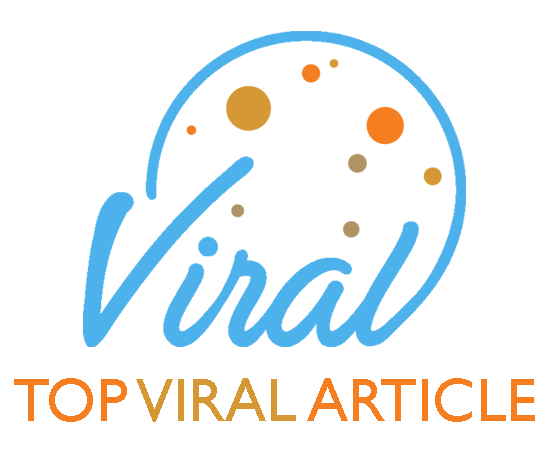Attention residue, a concept that highlights how our minds tend to linger on past tasks even as we move onto new ones, can significantly hamper our productivity and focus. This lingering effect leads to procrastination and increased stress levels, making it essential to find effective strategies to combat it. By understanding that our brains require time to shift gears between tasks, we can start to identify the main causes of attention residue in our daily lives. Recognizing these triggers is the first step towards enhancing our focus and efficiency. Implementing practical tips to minimize attention residue can transform our work habits, leading to a more focused and productive lifestyle.
Key Takeaways
- Understanding attention residue is the first step in reducing its impact
- Identifying sources of attention residue is crucial to minimizing its impact
- Strategies for minimizing attention residue can significantly improve productivity
Defining Attention Residue
Attention residue is a term that captures the phenomenon where our focus lingers on a past task, affecting our ability to fully engage with a new one. This concept suggests that when we transition from one activity to another, our attention doesn’t instantly switch over. Instead, part of our focus remains tied to the previous task, hindering our performance on the current one.
This idea was brought to light by Sophie Leroy, a professor at the University of Washington, through her research. In her studies, participants were asked to alternate between tasks, revealing that tasks demanding higher levels of concentration led to more significant delays in starting and completing subsequent tasks. This finding underscores the impact of attention residue on our productivity and the importance of managing our focus effectively.
The Science Behind Attention Residue
The concept of attention residue highlights a challenge our brains face: they’re not naturally equipped to jump quickly and seamlessly from one task to another. Transitioning between activities requires our minds to detach from what we are doing and adjust to the next task, a process that demands both time and mental energy. The complexity of the task we’re leaving behind plays a significant role in how long it takes for our focus to fully shift.
Studies have demonstrated that attention residue can negatively affect our work, leading to more mistakes, less creativity, and diminished overall efficiency. Recognizing the impact of attention residue is crucial for anyone looking to enhance their productivity and work quality. By adopting strategies such as taking regular breaks, engaging in mindfulness practices, and limiting distractions, we can better manage our focus. These steps help in sharpening our concentration on current tasks, enabling us to deliver superior performance.
Identifying Sources of Attention Residue
To tackle attention residue effectively, it’s essential to pinpoint and address the various distractions that contribute to it. Numerous factors can lead to attention residue, impacting your ability to concentrate and maintain productivity.
Workplace Distractions
Workplace distractions can be a major source of attention residue. These can include interruptions from colleagues, phone calls, emails, and meetings. To minimize these distractions, you can try:
Drown out Distractions: Invest in noise-cancelling headphones to create a focused bubble and block out background noise.
Create a Quiet Zone: Shut your office door or seek out a tranquil workspace to minimize interruptions and enhance your concentration.
Time-Box Your Communications: Designate specific periods for checking emails and returning phone calls, allowing you to maintain a flow state during concentrated work periods.
Strategic Meeting Planning: Schedule meetings during specific times of the day to avoid disrupting your workflow, ensuring you stay on track and accomplish more.
Digital Interruptions
Tame the digital chaos and boost your productivity by addressing common sources of attention residue. Digital interruptions, such as notifications from social media, email, and messaging apps, can hinder your focus. Here are practical tips to regain control:
Silence the Digital Noise: Turn off notifications on both your phone and computer to create a serene work environment that allows you to concentrate on tasks without constant interruptions.
Time-Box Your Digital Check-Ins: Establish specific intervals for checking social media and email to prevent these platforms from becoming a constant distraction. This way, you stay in the loop without compromising your workflow.
App-Assisted Focus: Explore productivity apps that empower you to block designated websites or apps during specific periods, ensuring you stay on track without succumbing to digital diversions.
Personal Concerns
Navigate through personal concerns with these practical strategies to minimize attention residue. Whether it’s family matters, financial worries, or health concerns, you can regain focus and productivity:
Scheduled Personal Check-Ins: Designate specific times in your day to address personal concerns, allowing you to compartmentalize and manage them without letting them linger and distract you throughout the day.
Share the Load: Discuss your worries with a trusted friend or family member. Sharing your concerns can provide emotional support and insights, helping you lighten the mental load and enabling you to focus more effectively on your work.
Seeking Professional Help If Necessary

Boost your overall productivity by recognizing and addressing attention residue from various sources. By implementing practical strategies to minimize distractions at work and in your personal life, you can enhance your focus and efficiency.
Whether it’s workplace interruptions, digital diversions, or personal concerns, taking proactive measures can make a significant difference. Consider using noise-cancelling headphones, time-boxing digital activities, and setting aside dedicated moments to address personal matters. Additionally, don’t hesitate to seek professional help if necessary, ensuring a holistic approach to improving your attention and well-being.
Remember, by actively managing attention residue, you pave the way for a more productive and focused professional and personal life. Stay intentional and watch your efficiency soar!
Strategies for Minimizing Attention Residue
Reducing attention residue can be challenging, but there are several strategies that can help. Here are some techniques to consider:
Prioritization Techniques
One way to reduce attention residue is to prioritize tasks and responsibilities. By focusing on the most important tasks first, you can minimize the impact of unfinished tasks on your attention and focus. This can include creating a to-do list, setting deadlines, and breaking down larger tasks into smaller, more manageable steps.
Mindfulness and Focus Practices
Practicing mindfulness and focus techniques can also help reduce attention residue. Mindfulness involves being present and fully engaged in the moment, while focus techniques can help you stay on task and avoid distractions. This can include meditation, deep breathing exercises, and visualization techniques.
Structured Breaks
Taking structured breaks can also be a useful strategy for minimizing attention residue. By taking short breaks throughout the day, you can recharge your focus and energy levels. This can include taking a walk, doing some stretching exercises, or simply taking a few minutes to relax and recharge.
By implementing these strategies, you can minimize attention residue and improve your overall focus and productivity.
Implementing Effective Work Habits
Time Blocking
One of the most effective ways to reduce attention residue is by time blocking. Time blocking is the practice of scheduling specific time slots for specific tasks. This helps to eliminate distractions and allows you to focus on one task at a time. By doing this, you can increase your productivity and reduce the amount of time you spend switching between tasks.
To implement time blocking, start by identifying the tasks that you need to complete each day. Then, allocate specific time slots for each task. Be sure to include breaks between tasks to help you stay focused and avoid burnout. You can use a digital calendar or a paper planner to schedule your time blocks.
Task Batching

Task batching is another effective way to reduce attention residue. This involves grouping similar tasks together and completing them all at once. For example, if you need to respond to emails, make phone calls, and attend meetings, you can group these tasks together and complete them during a specific time slot.
By doing this, you can reduce the amount of time you spend switching between tasks and increase your productivity. You can also use task batching to prioritize your tasks and ensure that you are focusing on the most important ones first.
Setting Clear Boundaries
Setting clear boundaries is essential for reducing attention residue. This involves setting limits on when and how you will be available for work-related tasks. For example, you can set specific work hours and let your colleagues know that you will not be available outside of those hours.
You can also use tools like email autoresponders to let people know when you will be available to respond to their messages. By setting clear boundaries, you can reduce interruptions and distractions and increase your ability to focus on your work.
Overall, implementing effective work habits like time blocking, task batching, and setting clear boundaries can help you reduce attention residue and increase your productivity. By taking these steps, you can improve your ability to focus on your work and achieve your goals more efficiently.
Leveraging Technology to Reduce Attention Residue
Reducing attention residue can be challenging, but technology can help. Here are some ways to leverage technology to reduce attention residue:
Productivity Apps
There are several productivity apps available that can help you manage your time and tasks more efficiently. These apps can help you prioritize your tasks, set reminders, and keep track of your progress. Some popular productivity apps include Trello, Asana, and Todoist.
Notification Management
Notifications can be a major source of attention residue. To reduce the impact of notifications, consider turning off notifications for non-essential apps. You can also customize your notification settings to only receive notifications for important messages or events. Additionally, you can use the “Do Not Disturb” mode on your phone to block notifications during specific times of the day.
Digital Minimalism
Digital minimalism is a philosophy that encourages people to use technology in a more intentional and mindful way. By minimizing the amount of time spent on digital devices, people can reduce the amount of attention residue they experience. Some ways to practice digital minimalism include setting limits on screen time, taking regular breaks from technology, and engaging in offline activities such as reading or exercising.
Overall, technology can be a valuable tool for reducing attention residue. By using productivity apps, managing notifications, and practicing digital minimalism, people can improve their focus and productivity in their daily lives.
Creating a Supportive Environment
Reducing attention residue requires a supportive environment that promotes focus and minimizes distractions. Here are some ways to create such an environment:
Workspace Optimization
A cluttered and disorganized workspace can lead to a cluttered and distracted mind. To optimize your workspace, consider the following:
- Keep only essential items on your desk and in your workspace.
- Use storage solutions such as filing cabinets, shelves, and drawers to keep items organized and out of sight.
- Use a desk lamp or natural lighting to reduce eye strain and improve focus.
- Adjust your chair and monitor to ensure proper posture and reduce physical discomfort.
Social Support
- Social support can help reduce stress and increase focus. Consider the following:
- Surround yourself with people who support and encourage your goals.
- Seek out mentors or accountability partners who can provide guidance and feedback.
- Schedule regular breaks to connect with friends, family, or colleagues.
Cultivating a Residue-Free Lifestyle
Reducing attention residue requires a holistic approach to life. Consider the following:
- Practice mindfulness and meditation to reduce stress and increase focus.
- Get regular exercise to improve physical and mental health.
- Prioritize sleep and rest to recharge your mind and body.
- Limit exposure to digital devices and social media to reduce distractions.
By creating a supportive environment, optimizing your workspace, seeking social support, and cultivating a residue-free lifestyle, you can reduce attention residue and improve focus and productivity.
Monitoring and Adjusting Strategies

Regular Self-Assessment
One of the best ways to reduce attention residue in your life is by conducting regular self-assessments. This involves taking a step back and evaluating how you spend your time and energy. By doing so, you can identify areas where you may be experiencing attention residue and make adjustments accordingly.
To conduct a self-assessment, create a list of all the tasks and activities you engage in throughout the day. Then, rank each item in terms of its importance and the amount of attention it requires. This will help you identify tasks that are taking up too much mental energy and causing attention residue.
Feedback Loops
Another effective strategy for reducing attention residue is to establish feedback loops. This involves seeking feedback from others on your performance and adjusting your behavior accordingly.
For example, if you are working on a team project, ask your colleagues for feedback on your contributions. This can help you identify areas where you may be experiencing attention residue and make changes to improve your focus and productivity.
Adapting to Changes
Finally, it is important to be flexible and adaptable when it comes to reducing attention residue. As your workload and priorities change, you may need to adjust your strategies for managing attention residue.
For example, if you are working on a particularly challenging project, you may need to take more frequent breaks or adjust your schedule to ensure you have enough time to rest and recharge. By being flexible and adaptable, you can reduce attention residue and improve your overall productivity and well-being.





